2.5 Applications
An almost endless variety of chromatographic separations are achievable today due to the diversity of analytical columns. Major column manufacturers and distributors provide very useful Internet sites that contain chromatograms for common analytes that can be used to help select the appropriate column for your needs. In addition, technical help is available from professional chromatographers at these companies for more complex separations. The chromatograms below were selected from the hundreds available from Agilent technologies at http://www.chem.agilent.com/en-us/Search/Library/Pages/ChromatogramSearch.aspx. There many excellent additional examples from chemical and chromatography suppliers.
One of the most common published lists of GC applications is for the analysis of environmental pollutants. The chromatographs below are for a variety of chemicals, analytical columns, and detectors. As you review these note the correlation between the intermolecular forces available to the analytes and the stationary phases used to separate them. Also note the GC detectors used for each type of analyte.
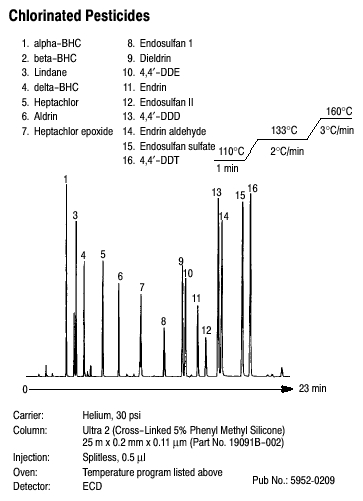
Figure 2.13 Analysis of Chlorinated Pesticides by GC-ECD using a Ultra 2 Column (5 percent cross-linked phenyl methyl silicone). Source: Copyright 2006 Agilent Technologies, Inc. Reproduced with Permission.
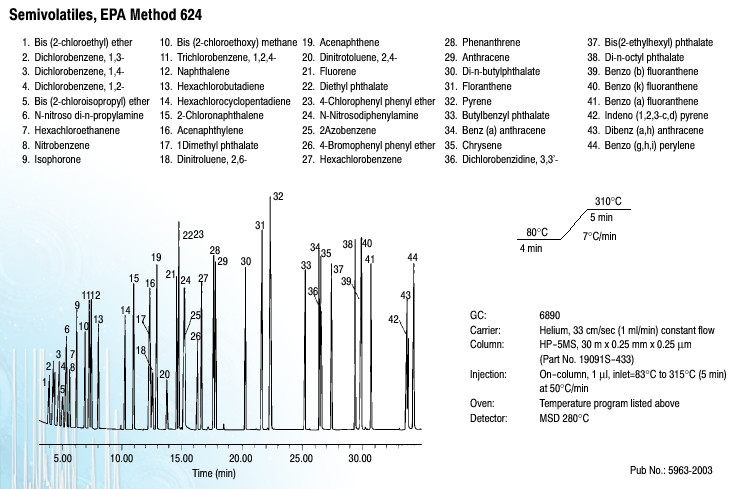
Figure 2.14 Analysis of Semivolatiles by GC-MS using HP-5 column. Note the large number compounds that can be separated in one GC analysis. Source: Copyright 2006 Agilent Technologies, Inc. Reproduced with Permission.
The pharmaceutical industry also heavily uses GC and HPLC to determine the purity of reagents, the identity of synthesis products, and the identity of medicines and illicit drugs. A few examples are shown below.
![]()
Figure 2.15 Analysis of Anticonvulsants by GC-FID using an HP-1 column. Source: Copyright 2006 Agilent Technologies, Inc. Reproduced with Permission.
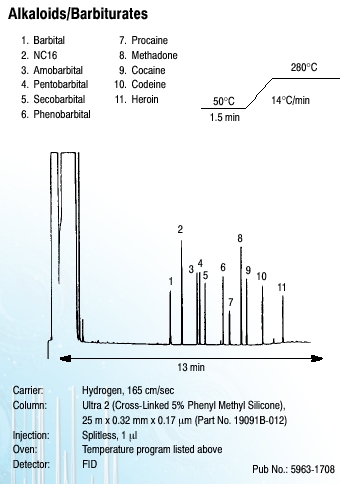
Figure 2.16 Analysis of Alkaloids and Barbiturates by GC-FID with an Ultra 2 column. Source: Copyright 2006 Agilent Technologies, Inc. Reproduced with Permission.
GC can also be used to determine the identity of natural products containing complex mixtures of similar compounds. For example, the geographic source of crude oil or natural gas can be determined by the “fingerprint”, or relative distribution of major and trace compounds in each oil. Natural produce oils, such as food products or fragrances, can be identified by GC-FID or GC-MS. A few examples of the separation of these complex mixtures are shown below.
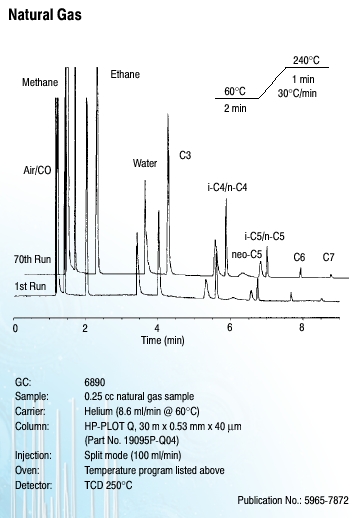
Figure 2.17 Analysis of Natural Gas by GC-TCD using a HP-PLOT Q column. Source: Copyright 2006 Agilent Technologies, Inc. Reproduced with Permission.
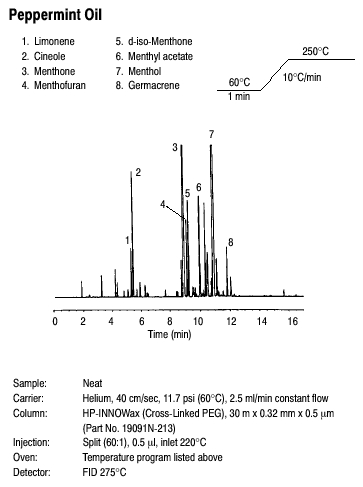
Figure 2.18 Analysis of Peppermint Oil by GC-FID using an HP-INNOWax column. Source: Copyright 2006 Agilent Technologies, Inc. Reproduced with Permission.
The purity of solutions, from relatively pure solvent such as xylene, to liquors such as scotch can be also be determined by GC. Two examples are shown below.
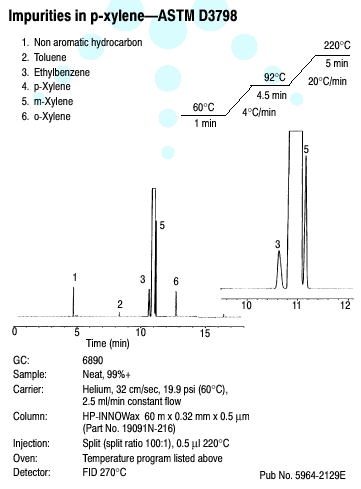
Figure 2.19 Analysis of p-Xylene by GC-FID using a HP-INNOWax column. Source: Copyright 2006 Agilent Technologies, Inc. Reproduced with Permission.
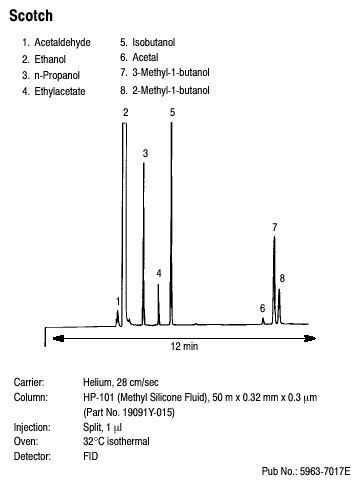
Figure 2.20 Analysis of Minor Components of Scotch by GC-FID using a HP-101 Column. Source: Copyright 2006 Agilent Technologies, Inc. Reproduced with Permission.
| Frank's Homepage |
©Dunnivant & Ginsbach, 2008